Tomatoes are one of the most widely cultivated and consumed fruits in the world. From salads to sauces, pizzas to pastas, and juices to jams, tomatoes are a staple ingredient in cuisines across the globe. But have you ever wondered which country leads the world in producing this versatile crop? The answer is as fascinating as the tomato’s journey from a native plant of the Americas to a global agricultural powerhouse.
A Global Tomato Overview
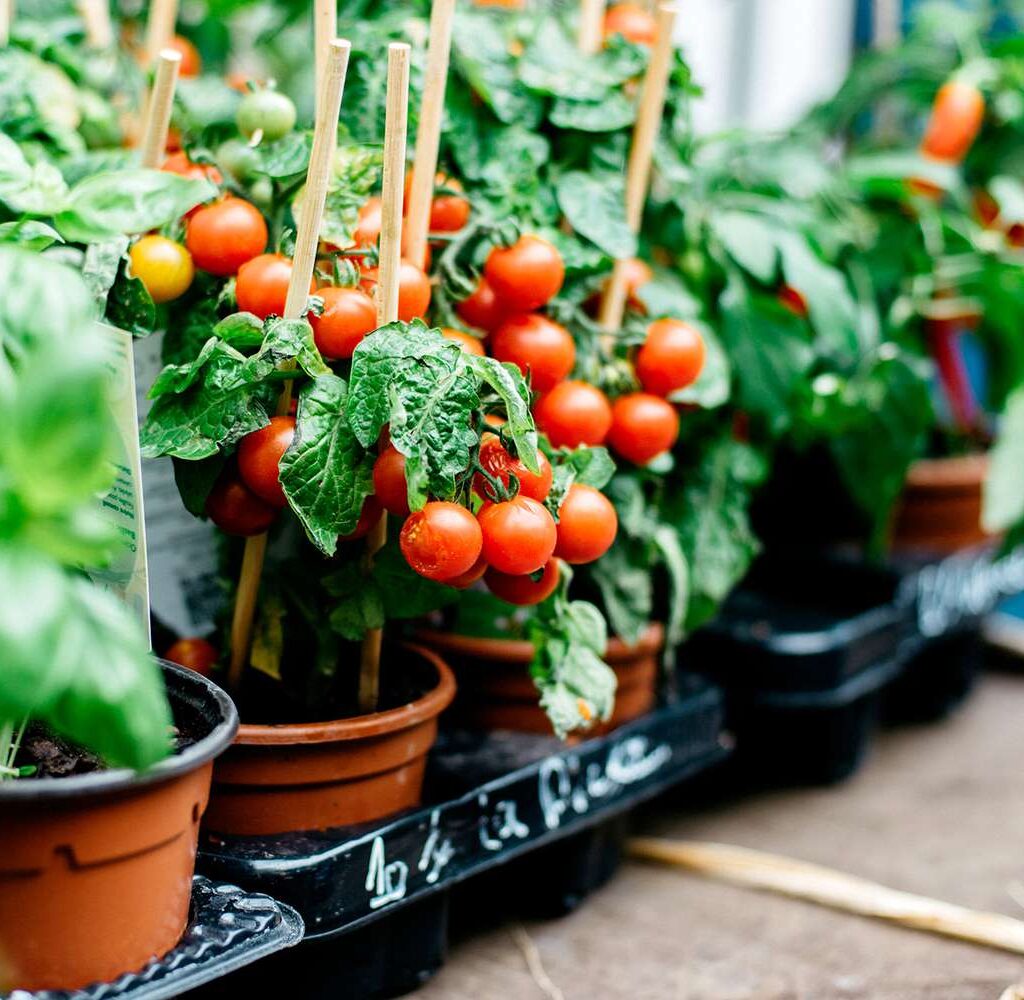
Tomatoes belong to the Solanaceae (nightshade) family and are botanically classified as fruits, although they are commonly used as vegetables in cooking. Rich in vitamins A, C, and K, as well as antioxidants like lycopene, tomatoes offer numerous health benefits. Today, they are cultivated in over 170 countries, with millions of tons harvested annually.
Global tomato production has seen a steady increase over the years, driven by rising demand, improved agricultural practices, and hybrid varieties that offer better yield and disease resistance. According to data from the Food and Agriculture Organization (FAO), the world produces over 190 million metric tons of tomatoes every year.
Among all tomato-producing nations, China stands tall as the largest tomato producer in the world—a title it has held for many years.
China: The Reigning Giant in Tomato Production
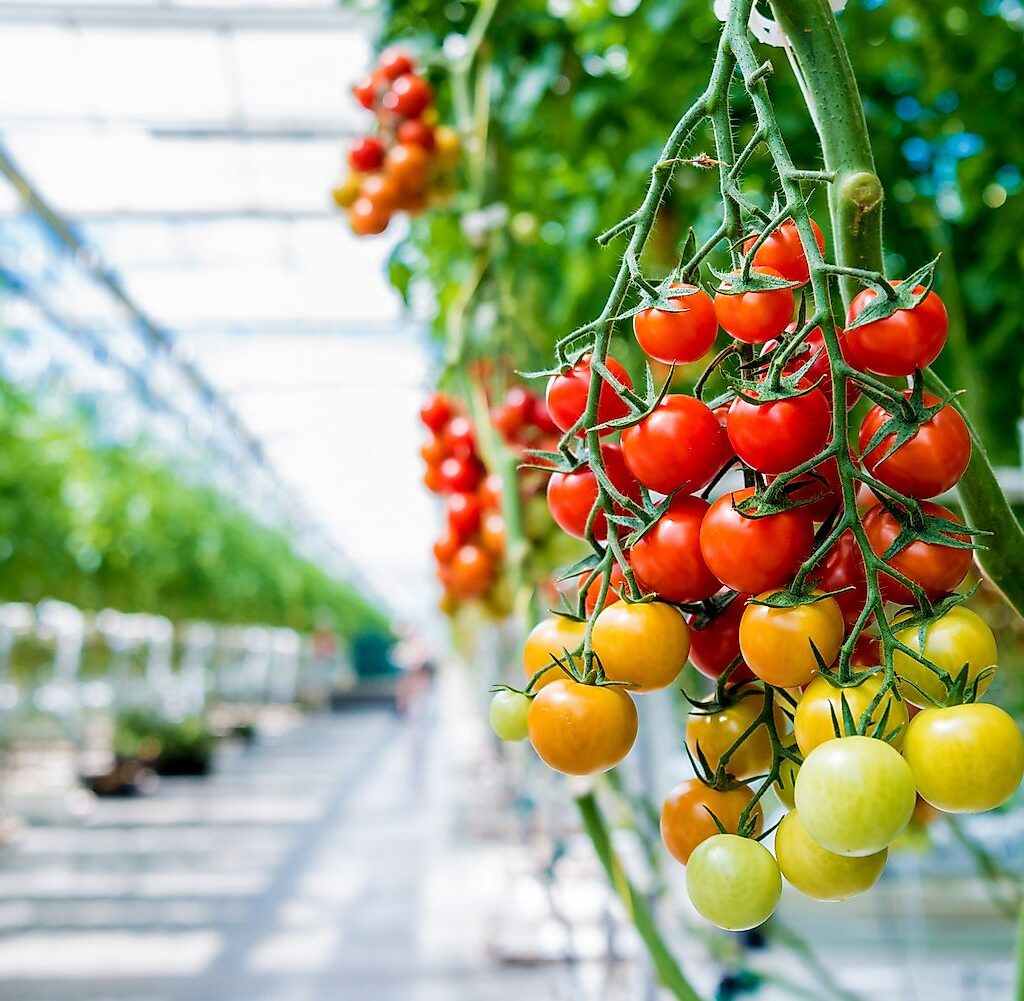
1. Production Volume
As of the most recent FAO statistics, China produces approximately 60-65 million metric tons of tomatoes annually, accounting for over 30% of global production. This staggering number puts it far ahead of its closest competitors such as India, the United States, and Turkey.
2. Major Growing Regions
Tomato cultivation in China is spread across multiple provinces, with Xinjiang, Shandong, Hebei, Henan, and Inner Mongolia being the leading producers. Xinjiang, in particular, is known for its large-scale mechanized farming and is often referred to as the “tomato capital of China.”
The vast land availability, diverse climates, and government support for agricultural modernization have enabled China to maintain its lead in tomato production.
3. Factors Behind China’s Dominance
Several key factors contribute to China’s top position:
- Large Land Area: China allocates a massive amount of land to tomato cultivation, particularly in its northern and northwestern provinces.
- Modern Farming Techniques: Use of greenhouses, drip irrigation, and improved seed varieties has enhanced productivity.
- Government Support: Subsidies and policy support for agriculture, including research and development in tomato genetics, have boosted yields.
- Processing Industry: China is also a global leader in processed tomato products such as tomato paste, ketchup, and sauces, particularly for export.
Top 10 Tomato Producing Countries in the World (Latest Data)
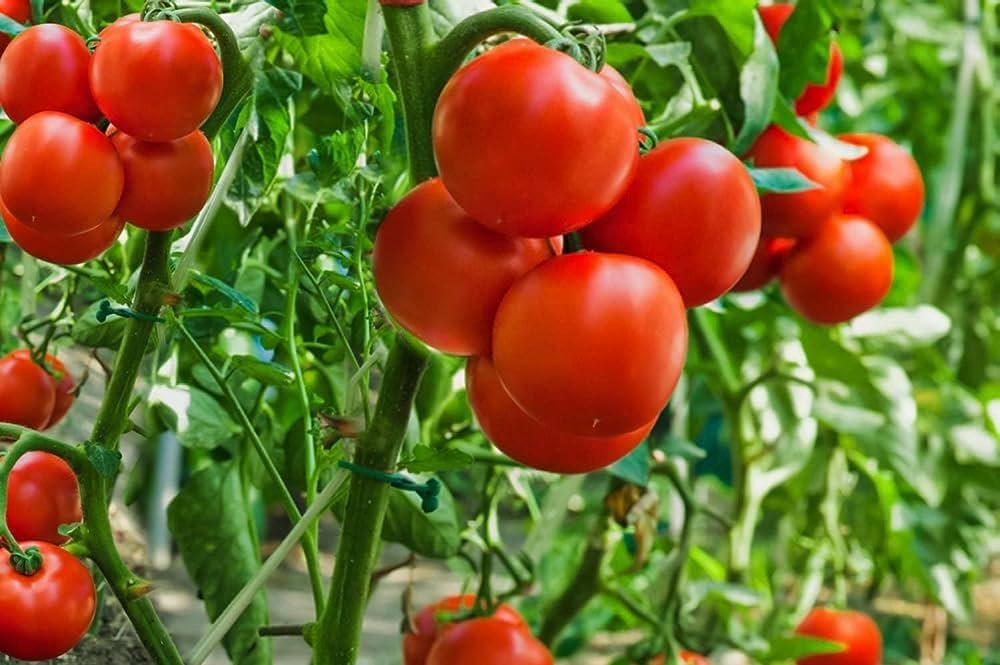
| Rank | Country | Production (Metric Tons) |
|---|---|---|
| 1 | China | ~63 million |
| 2 | India | ~21 million |
| 3 | United States | ~13 million |
| 4 | Turkey | ~12 million |
| 5 | Egypt | ~6.5 million |
| 6 | Italy | ~6 million |
| 7 | Iran | ~5.5 million |
| 8 | Spain | ~4.5 million |
| 9 | Brazil | ~4 million |
| 10 | Mexico | ~3.8 million |
These figures reflect a mix of countries producing tomatoes for both fresh consumption and industrial use.
India: Rising Star in Tomato Cultivation
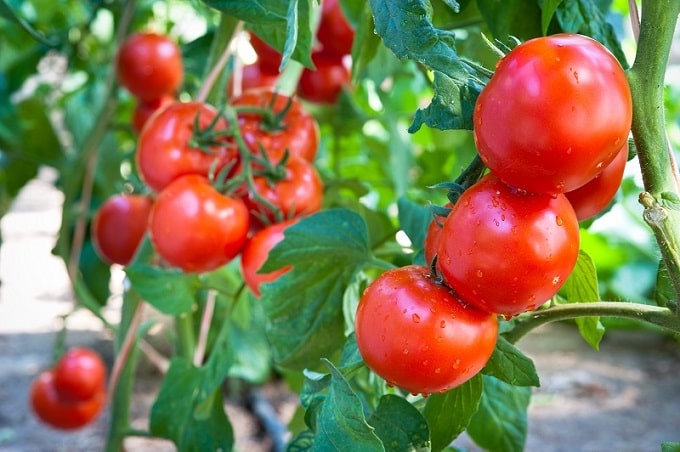
India ranks second in tomato production globally. The country’s output has surged over the past decade due to the expansion of horticulture, improved irrigation, and government initiatives. Major producing states include Andhra Pradesh, Karnataka, Madhya Pradesh, and Maharashtra. India’s tomatoes are mainly grown for domestic consumption, although exports to neighboring countries are on the rise.
United States: Mechanized and Efficient
The U.S. ranks third, with California leading the charge by producing over 90% of the country’s tomatoes, especially for industrial processing. The U.S. tomato industry is highly mechanized, using technology for planting, irrigation, harvesting, and post-harvest processing. The country is also a leading exporter of tomato products.
Turkey and Italy: Dual Use Markets
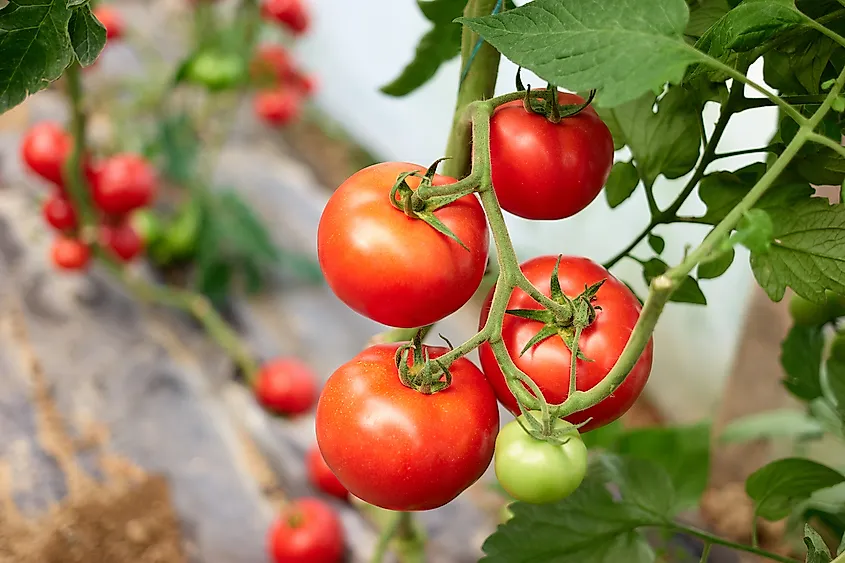
Turkey and Italy produce a mix of fresh and processed tomatoes. Italy is renowned for its high-quality processing tomatoes used in sauces and canned goods. It’s home to brands that dominate the global pasta sauce market. Turkish tomatoes, on the other hand, are exported fresh to Europe and the Middle East and are also processed domestically.
China’s Tomato Export Industry
Although China produces the most tomatoes globally, it doesn’t export large volumes of fresh tomatoes. Instead, it dominates the processed tomato export market, particularly in tomato paste.
- Xinjiang Province alone accounts for over 80% of China’s tomato paste production.
- China exports tomato paste to over 100 countries, especially in Africa, Europe, and the Middle East.
- Competitive pricing, large-scale processing plants, and government investment in infrastructure have positioned China as the global hub for tomato paste.
Challenges in Global Tomato Production
Despite advances, tomato production faces several challenges worldwide:
- Pests and Diseases: Tomato crops are vulnerable to blight, whiteflies, and viral infections.
- Water Scarcity: Tomatoes are water-intensive, making sustainable cultivation a challenge in arid regions.
- Climate Change: Fluctuating temperatures and erratic rainfall patterns can impact yield and quality.
- Market Fluctuations: Prices can be volatile due to oversupply or poor harvests.
China has addressed some of these challenges with advanced research institutions, genetically improved seeds, and precision farming technologies.
Future of Tomato Production
The future of global tomato production lies in innovation, sustainability, and vertical integration. China continues to invest in:
- Hydroponics and greenhouse farming
- Drought-resistant tomato varieties
- Automation in harvesting and sorting
- Research in tomato genomics
As urban agriculture grows and food security becomes more important, the role of major producers like China will only grow stronger.
Conclusion
In the race to be the largest tomato producer in the world, China holds a commanding lead with more than double the output of its nearest rival. The country’s combination of scale, innovation, and strategic investment in processing infrastructure has made it a global tomato superpower.
While countries like India, the U.S., Turkey, and Italy also play significant roles in global tomato markets, China’s continued focus on improving agricultural efficiency ensures that it will likely remain at the top for years to come.
Understanding the dynamics of tomato production not only highlights global agricultural trends but also emphasizes the importance of innovation and sustainability in feeding a growing global population.

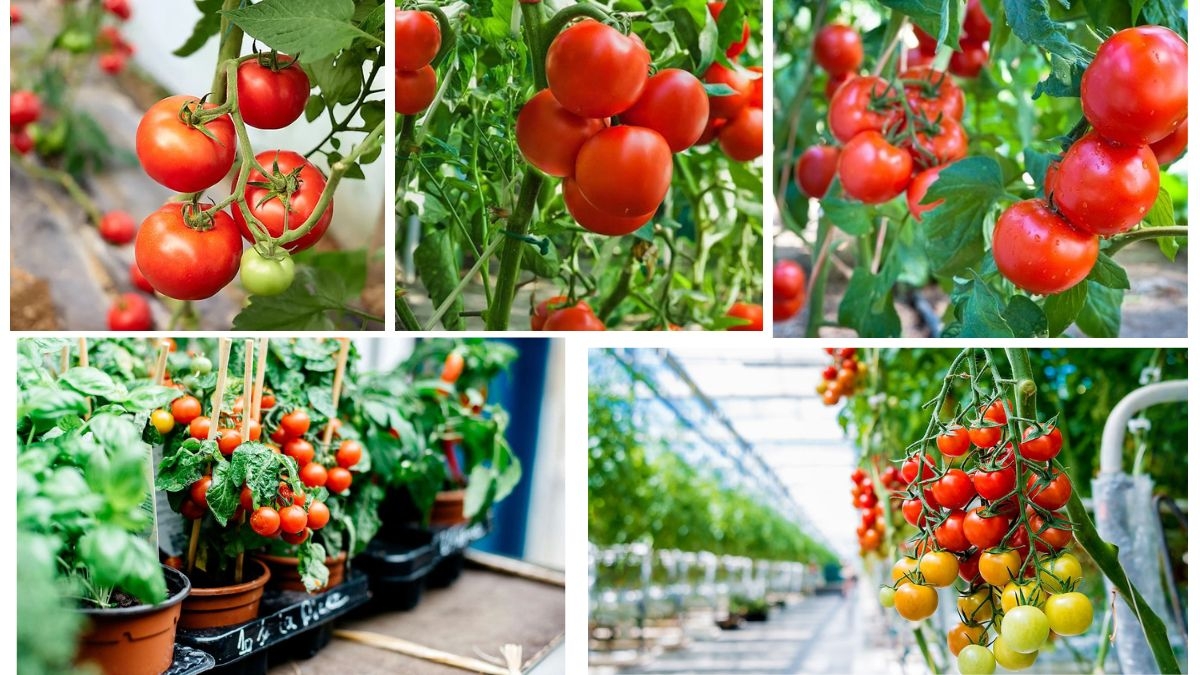



Leave A Comment